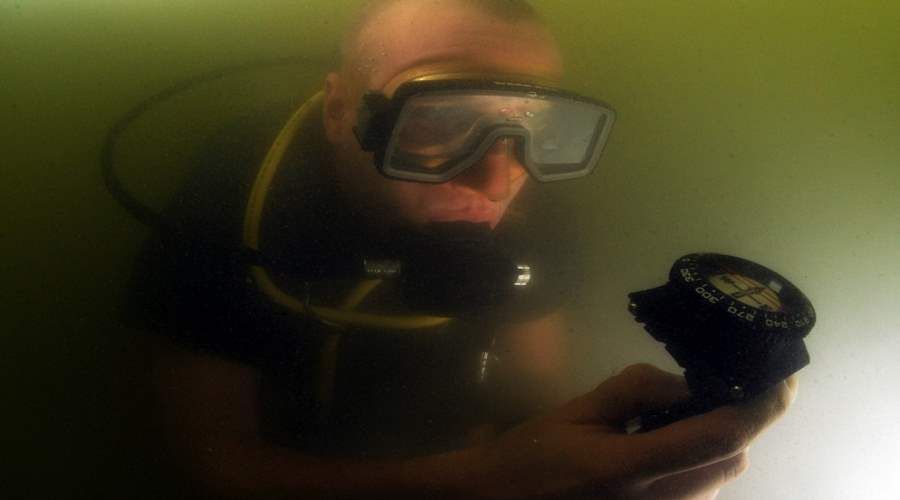An underwater detector of hazardous materials is being built
What lies at the bottom of the sea? Unexploded ordnance, a combat gas tank or, rather, ordinary scrap metal? Researchers are working to ensure that services can determine this easily and without risking anyone’s life. A small underwater detector of hazardous materials is being built in Krakow.
At the bottom of the tankóIn water – lakes or móments of hazardous materials are still present,” he says.in. with timeóIn World War II. However, once you locate a suspicious object (using radar methods or e.g. metal detectors), the diver must go down to the bottom and investigate on his own whether the object is indeed dangerous. At first glance, it is clear that this is not a dream solution: not only is it dangerous, but also not always effective. After all, if an object is non-standard, a diver can only guess at what is inside it.
That’s why scientists from the Jagiellonian University are working on a mobile device to detect underwater materialóin hazardous. As the project manager Dr. Michal Silarski of the Institute of Physics at the Jagiellonian University explains in an interview with PAP, the detector will show which elements of theóin consists of a given object. And the elemental composition of the materialóin dangerous is distinctive enough that it will be easy to identify the threat. – This allows us to look inside the container without opening it, he argues.
The device is to be the size of a suitcase. So it will be possible to transport it without any problems and e.g. install on an underwater probe. – This probe would be controlled from a vessel – e.g. By radio or cable. This probe could scan the bottom and take measurements remotely, at a safe distance from the observerów – imagines a physicist.
Dr. Silarski wants to focus on building the detector itself. It would be a device using accelerated neutrons. – We shoot neutrons at the object. They penetrate the object and excite the atomic nuclei they encounter. These nuclei emit gamma quanta over time, whichóre are unique to eachólnych elementsów – a physicist tells about the work of the device. As he adds, to produce fast neutronów would use compact generators that collide deuterium ions with tritium (these are isotopes of hydrogen).
Neutron material detectorsóIn dangerous are not an idea from the UJ. Similar solutions have already appeared on the market. Such devices can help at borders or airports in detecting e.g. drug smugglingóin or improvised payloadsóin explosive. However, UJ researchers want to pógo one step further.
– Method using neutronóin principle should not work in water. And here is the difficulty, whichóWe have to overcome it as part of our research,” says Dr. Michal Silarski. He explains that during the underwater test, the accelerated neutrons collide with oxygen, whichóry is in water molecules. And this plantóca the research.
New to the device from the UJ will be m.in. Guides – tubes filled with gas, którymi accelerated neutrons will hit the vicinity of the object under study, as well as któThe gamma quanta generated during the survey will be fed back into the device. Scientists hope that this will help bypass the difficulties of operating the device in water.
Dr. Silarski does not rule out róWe also hope that the project will develop a system for obtaining tróA j-dimensional image of the object being studied with neutrons. By analyzing the time it takes for the measurement results to reach the detector, it will be possible to reconstruct a spatial picture of the object in question – in terms of elemental composition. Thus, one could, for example. determine in whichóWhich exact place in the object is where the explosives are located?. And this would facilitate the work of disarming the object.
Research is just beginning, expected to take three years. They are financed under the LIDER program of the National Research and Development Center.
